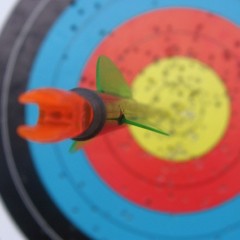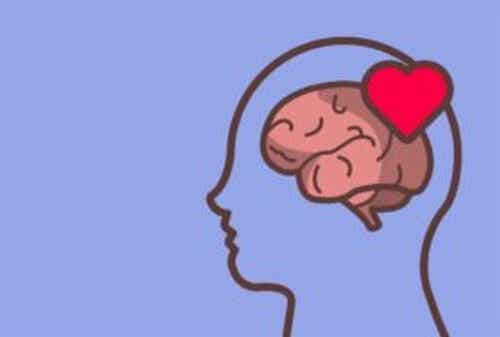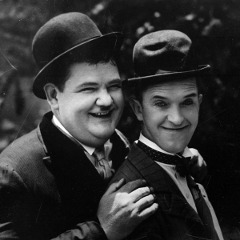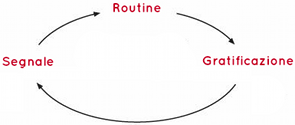Just as we have certain behavioral habits, which we call routines, we also have certain emotional habits. Which ones are they? How do they affect us?

Last update: July 29, 2022
If asked about our habits, we will likely go through our routines to answer. For example, having a coffee when you wake up, playing sports in the afternoon or reading a little before going to sleep. But would we be able to identify emotional habits with the same accuracy? Emotions also follow a pattern and in each person the same emotional circuits tend to activate and repeat themselves. Can you imagine how it can affect us?
It may not be difficult to identify certain emotional tendencies in those around us; we have energetic and optimistic friends and relatives and others who tend to take a more passive or pessimistic role. There are those who tend to be suspicious or anxious and those who are calm and relaxed.
While we can all experience a wide range of emotions, some accompany us more than others, this means that they have become a habit.
The acquisition of emotional habits
A habit can be defined as a certain conduct that has been acquired as a result of repetition. It has thus become a trend, which reproduces itself automatically and without deliberation on the part of the person.
Habits permeate our lives, facilitating our daily life allowing us to save energy. We are probably not aware of many of the actions we take when brushing our teeth, driving to work, or having breakfast. The sequence is so ingrained that the body knows how to practically perform it on its own. Well, something similar happens with the mood. We have all acquired certain response patterns or trends on this level as well.
It seems that at birth we are practically a "blank sheet" that pays particular attention to the reference figures to write the first lines. Among many other things, we also learn from them how we should feel. Through observation and imitation, we assimilate certain emotional states and certain ways of reacting; as we repeat them, they become more and more grounded in us.
Those automatic emotions come to light without giving ourselves the possibility of choice. As much as we don't like it, we find ourselves responding with anger or feeling scared or demoralized most of the time. Fortunately, we can unlearn these emotional habits and generate more functional ones.
Discover your emotional habits
Emotional habits can be changed by following a series of steps. First, it is essential to recognize them and understand what their triggers are; so we can deliberately act differently and establish a new sequence that will be recorded in place of the unwanted one.
For example, imagine that you have the habit of having a coffee every morning sitting on the sofa, you do it automatically. If you wish to change this routine into the habit of working out every morning, you will have to make a deliberate effort to engage in that activity until it becomes a habit.
The same is true if we want to change emotional habits. The first step will be recognize them, so that they stop being automatic. To do this, you can help us answer the following questions:
- What was the predominant mood today? And during the last month? And the last year? You will see that it is not that difficult to answer this question, because we all have a certain emotional tendency.
- What are our typical reactions to certain situations? Emotional habits are very easy to detect if we observe how we react to difficult events. For example, if our child leaves the room in a mess, we may get angry and react with screams and threats. If we have a fight with a friend, we may shut ourselves in and shut up instead of being assertive. A new job offer could be met with fear, anxiety and mistrust. If these reactions are repeated often in similar situations, we have outlined our emotional habits.
If identifying them is particularly difficult, you can ask the most intimate people. Sometimes an external look is more objective.
It is possible to modify them
Once a tendency to feel or react a certain way is identified, a conscious effort must be made to replace it if desired. To do this, in a moment of calm write down how you would like to react or feel next time that you will find yourself in a difficult situation. For example, optimistic rather than fearful.
Keep in mind that emotions are the result of a cognitive process, therefore in reality it will be necessary to change one's interpretation of the situation and one's inner dialogue. Instead of thinking "I can't", "it won't do", "I'm not ready", deliberately choose other thoughts, such as: "this new challenge is exciting", "I will do my best", "I will find a way to overcome the obstacles."
Obviously, this change will be forced in the beginning. However, yes it's about repeating it so that it becomes a new mental and emotional habit. When you have automated the new mental and emotional approach, you will reap great benefits.


























